
The Future of Safari: Conservations & Community in Kenya
- bySusan Wanjiru
- - July 18, 2025
Home » Blog » The Future of Safari: Conservations & Community in Kenya
When you think of Africa’s most iconic safaris, Masai Mara National Park, Kenya, instantly comes to mind. Its endless plains, lion prides, and dramatic wildebeest crossings are legendary. But behind the beauty lies an even more remarkable transformation, one that’s redefining the future of safari: a deep focus on community-led conservation through privately managed conservancies.
Today, the magic of the Mara isn’t just found in the reserve; it’s thriving in community-owned conservancies that are protecting wildlife and empowering people.
The Rise of Community Conservancies
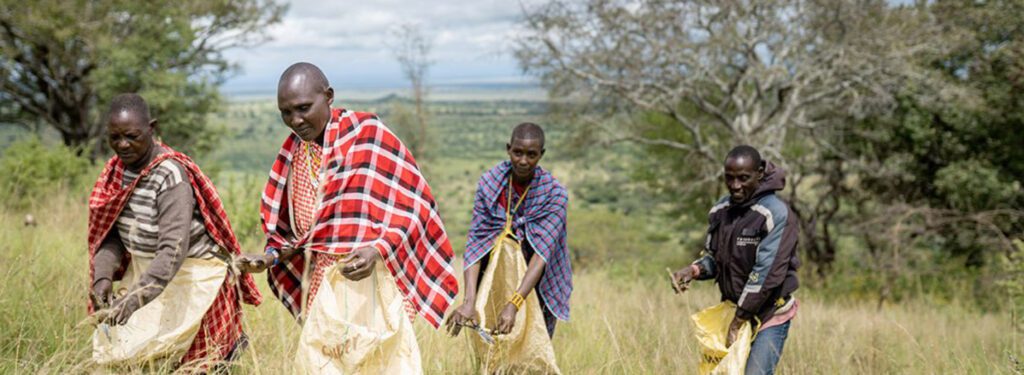
What many travelers don’t realize is that nearly half of the wildlife-rich land surrounding Masai Mara National Park is not part of the reserve. Instead, it’s managed by local Maasai communities under the conservancy model, where landowners lease their land for low-impact tourism in exchange for income, jobs, and development support.
This has sparked a conservation revolution, and three conservancies in particular stand out for their unique impact:
1. Mara Naboisho Conservancy – A Model of Balance
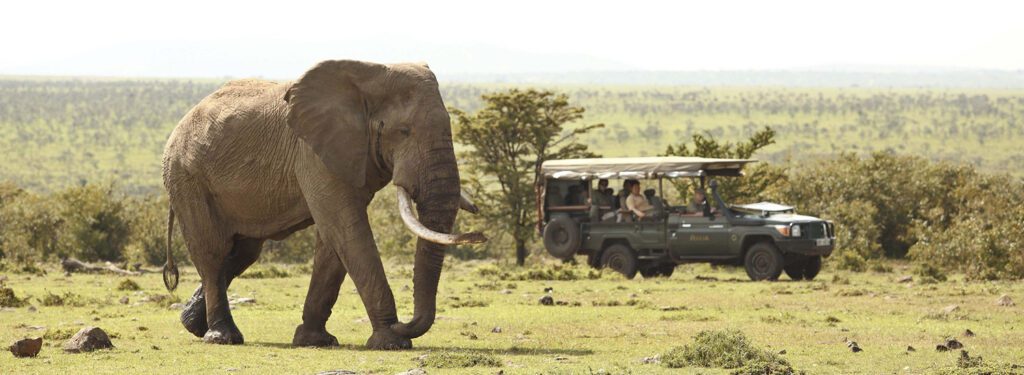
One of the most successful conservancies in Kenya, Mara Naboisho is known for its high-density wildlife and low-density tourism model. With just a handful of camps across 50,000 acres, it offers intimate safari experiences with minimal environmental disruption.
But what makes it future-focused is its strict land use agreement: Maasai landowners receive monthly income, and no fences are allowed, keeping migration routes open. Naboisho also boasts a strong female ranger unit—a rare and powerful sight in the safari world.
2. Olare Motorogi Conservancy – Wildlife Haven, Tourism Pioneer
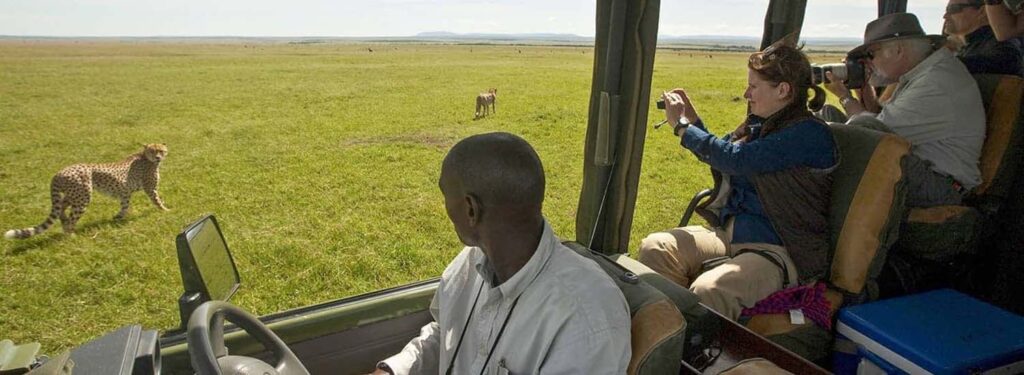
Olare Motorogi was the first conservancy to prove that luxury tourism and conservation can co-exist sustainably. It maintains one of the lowest guest-to-land ratios in Africa—1 guest per 350 acres—ensuring both privacy and protection.
It’s also home to some of the highest predator densities in the Mara ecosystem, making it a hotspot for lion and cheetah sightings. Tourism revenue here funds education programs, health clinics, and ranger salaries, closing the gap between economic need and environmental care.
3. Lemek Conservancy – A Quiet Corner of the Mara
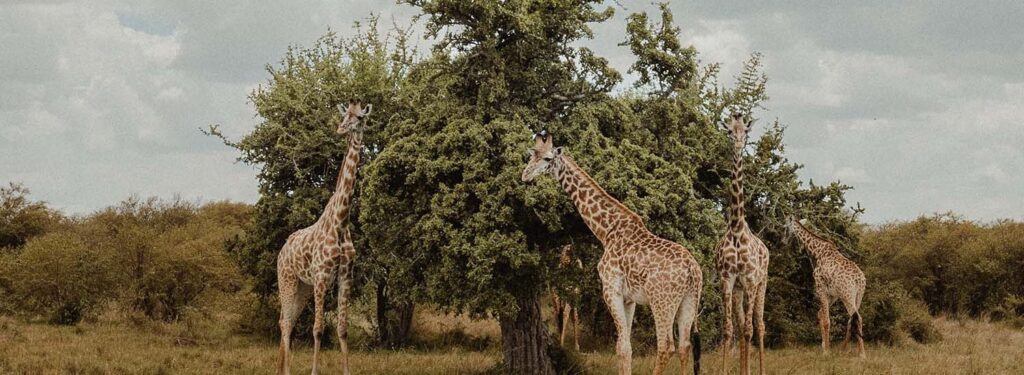
Less commercial but rich in biodiversity, Lemek Conservancy offers a more traditional, off-the-beaten-path experience. Situated north of the main Mara Reserve, it is a critical corridor for migrating wildlife and is particularly known for large herds of elephants, giraffes, and plains game.
Lemek has played a vital role in maintaining community ownership, offering locals a say in land use while preserving the area for both wildlife and sustainable tourism. With fewer camps and an authentic feel, Lemek is ideal for travelers seeking tranquility, connection, and raw natural beauty.
The Community Is the Story
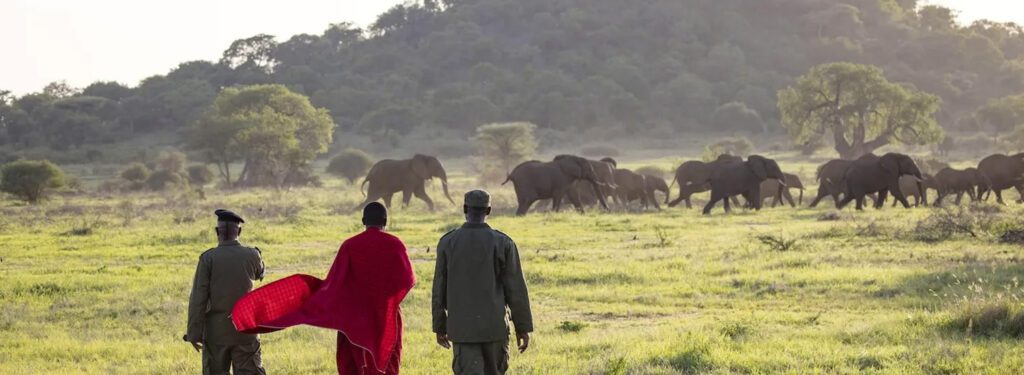
Maasai families/ local maasai people protecting wilds/animals images
In these conservancies, the future is personal. Tourism dollars go directly to landowners. Lodges are co-managed by Maasai families. Guests dine with guides who grew up herding cattle on the very land they now protect.
This isn’t performative culture, it’s authentic connection, where guests become part of a living conservation story.
The future of safari in Kenya is not just about what you see; it’s about what your visit supports. These conservancies are proving that safaris can protect wildlife, enrich communities, and preserve landscapes for generations to come.
So the next time you plan a trip to the Mara, look beyond the main reserve. Choose a conservancy. Meet the people. Hear their stories. Leave with memories and a meaningful impact.
Because in the new era of safari, conservation and community go hand in hand. Excited to visit Kenya? Then check out our Kenya safari itineraries and book your trip today with Scarface Pride!
